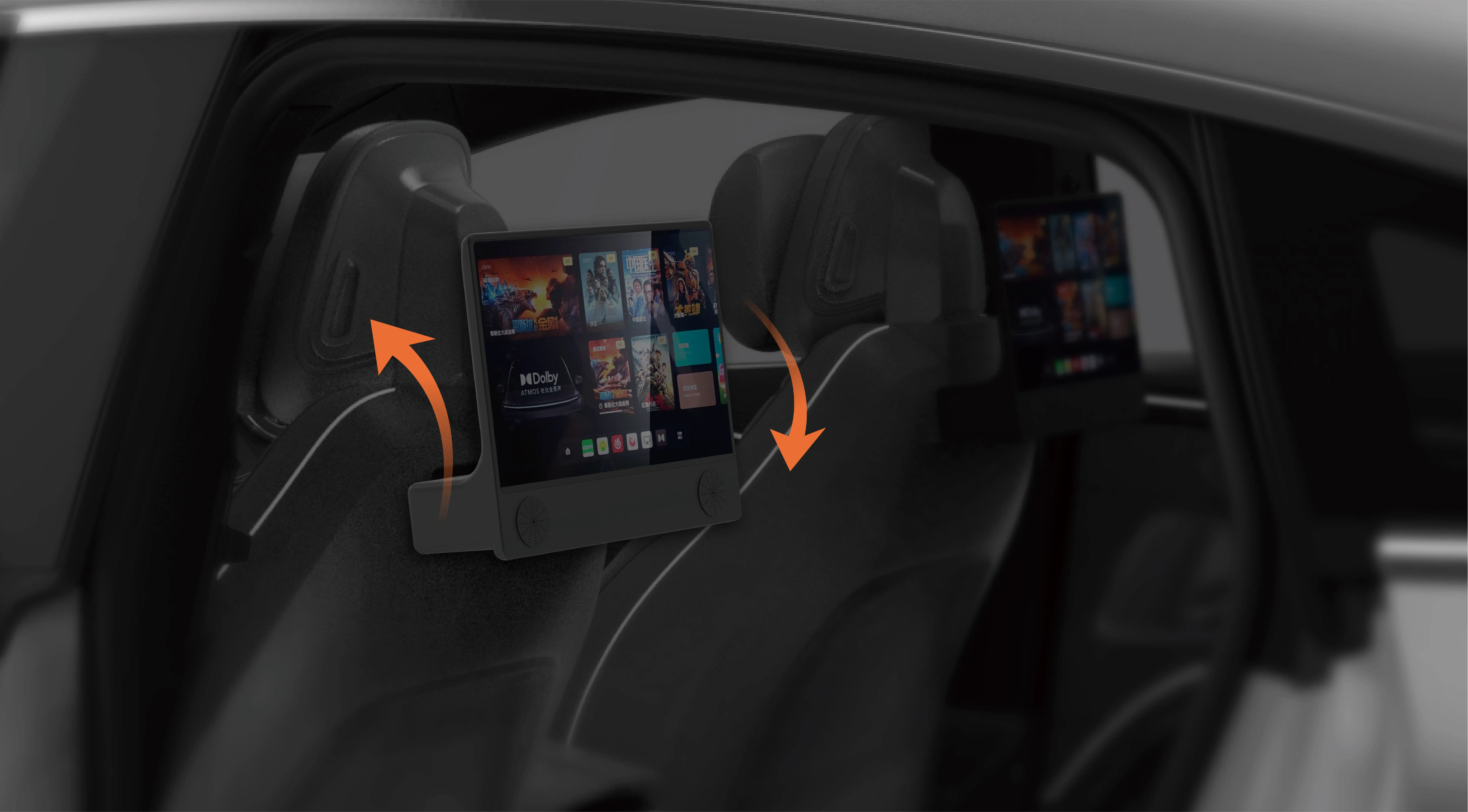Sure, let's dive into the lively world of microservices and how they shake up real companies out there. Think about the last time you ordered something online. Did it feel seamless? Fast? That’s no accident. It’s the magic of a well-oiled microservices architecture ticking behind the scenes.

Picture a giant e-commerce platform—let’s call it ShopEase. Instead of one monolithic codebase choking on an endless feature list, it’s broken down into small, manageable chunks. There’s a separate service for user accounts, one for payment processing, another for product catalog updates, and even one for promotional banners. These microservices do their thing independently but also play nice together. When someone clicks "Buy Now," the process is lightning quick because the payment service doesn’t need to wade through the product catalog or user info. Everything is streamlined.
Now, isn’t that a bit like managing a car factory—different teams working on engines, paint jobs, or interior design—that somehow come together seamlessly? That’s the beauty of microservices. They allow fast iterations, easy troubleshooting, and scaling—imagine a sudden spike during holiday sales; just spin up more instances of specific services instead of reworking the whole system.
Here’s a question that often pops up: Doesn’t splitting everything into microservices make things overly complicated? At first, it might seem that way. But in real-world scenarios, the payoff outweighs the headaches. For example, if the user account service encounters a hiccup, the rest of the platform keeps running smoothly—no downtime for everyone. That resilience is gold in today’s competitive space.
And what about data consistency? Sure, managing data across multiple microservices can be a puzzle. But smart design choices — like event-driven communication— help keep everything synchronized. It’s like conversations happening at a party, spontaneous but coordinated. No chaos, just flow.
Services can also be updated independently. Push out a new feature or patch to one microservice without taking the entire system offline. This flexibility is a game-changer for fast-paced markets where waiting isn’t an option. Plus, it gives a company peace of mind; if one part falters, the rest continues functioning, maintaining user satisfaction.
In the end, microservices aren’t just a tech trend—they’re a blueprint of how modern businesses can evolve quickly, adapt on the fly, and keep users smiling. When done right, it’s like giving a sprawling city the infrastructure it needs to grow without falling apart at the seams. Simple? Not entirely. Practical? Absolutely. That’s the real-world magic people are riding on now.
Established in 2005, Kpower has been dedicated to a professional compact motion unit manufacturer, headquartered in Dongguan, Guangdong Province, China. Leveraging innovations in modular drive technology, Kpower integrates high-performance motors, precision reducers, and multi-protocol control systems to provide efficient and customized smart drive system solutions. Kpower has delivered professional drive system solutions to over 500 enterprise clients globally with products covering various fields such as Smart Home Systems, Automatic Electronics, Robotics, Precision Agriculture, Drones, and Industrial Automation.




































